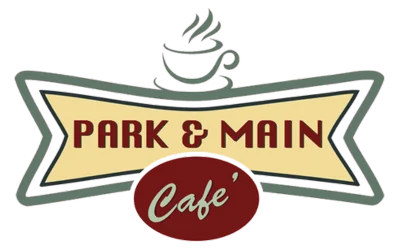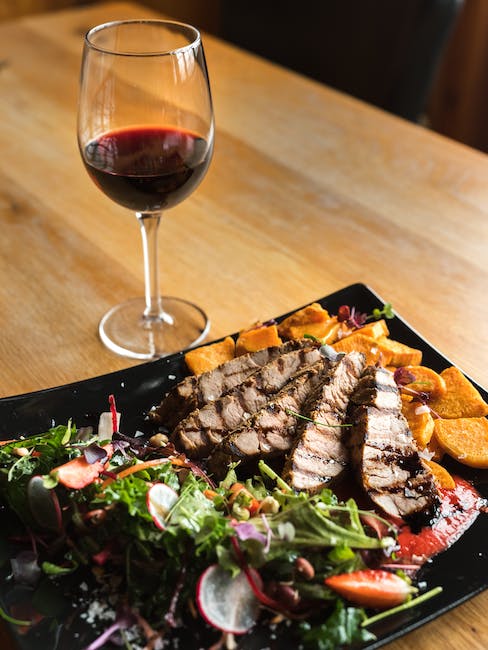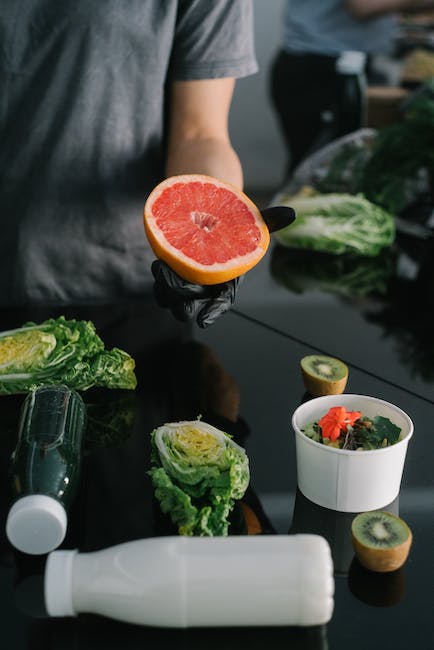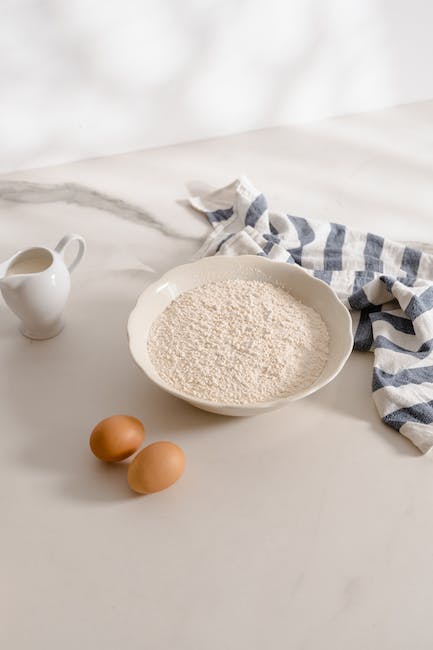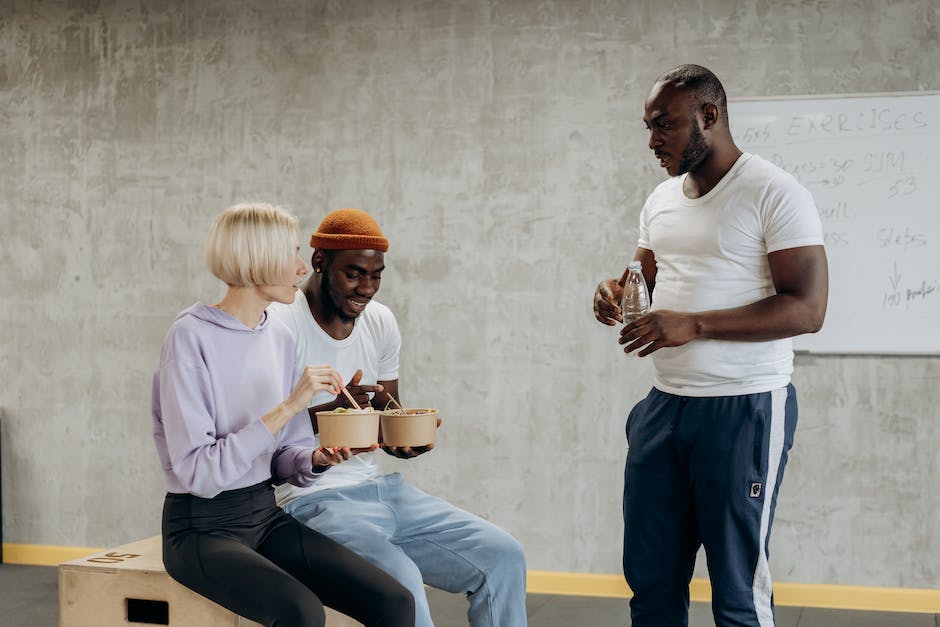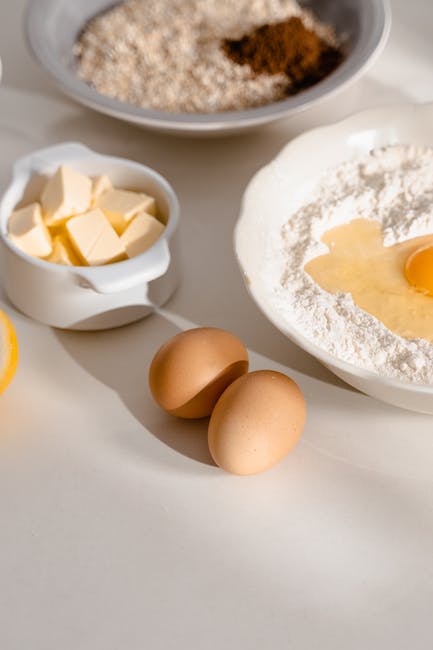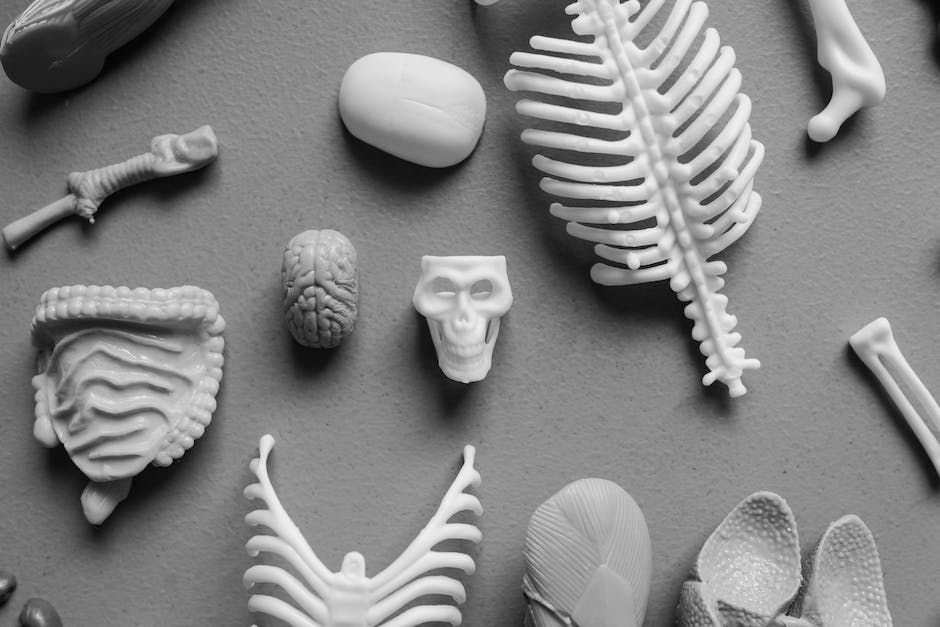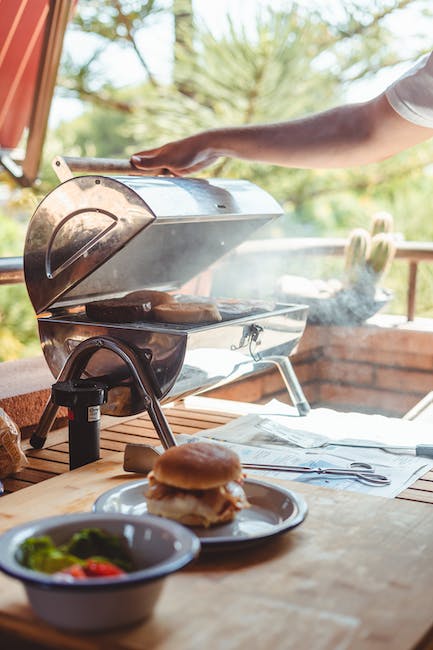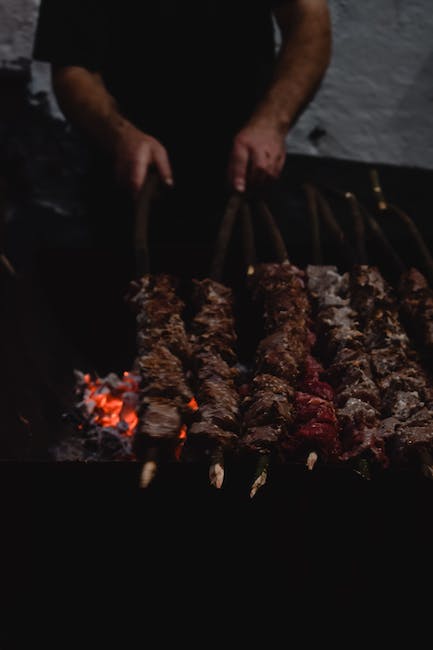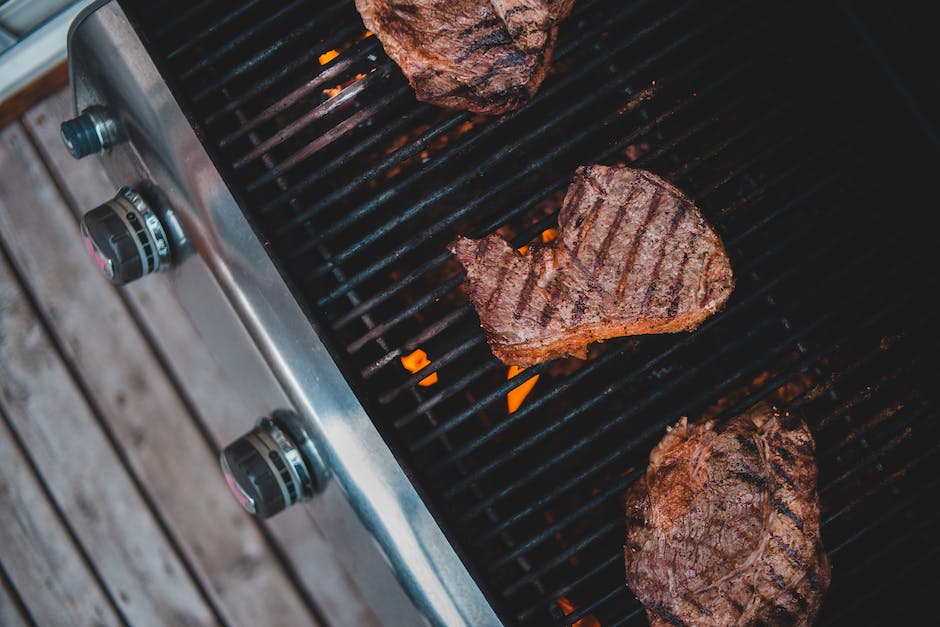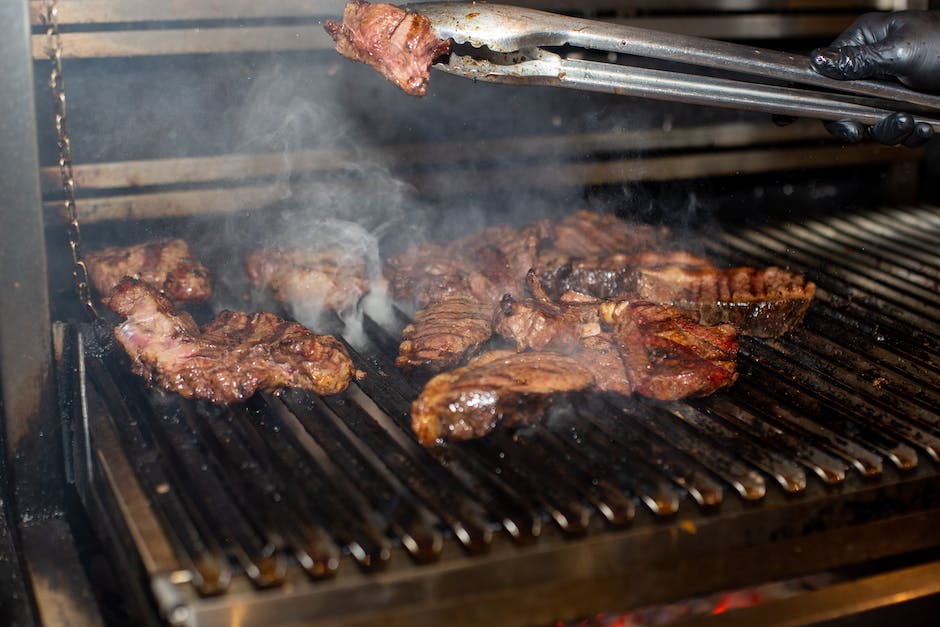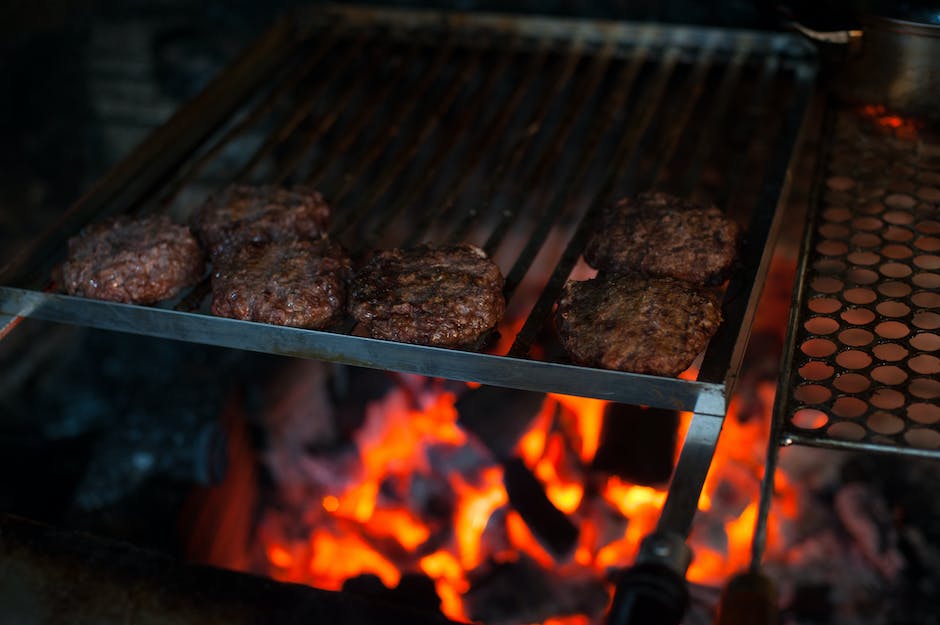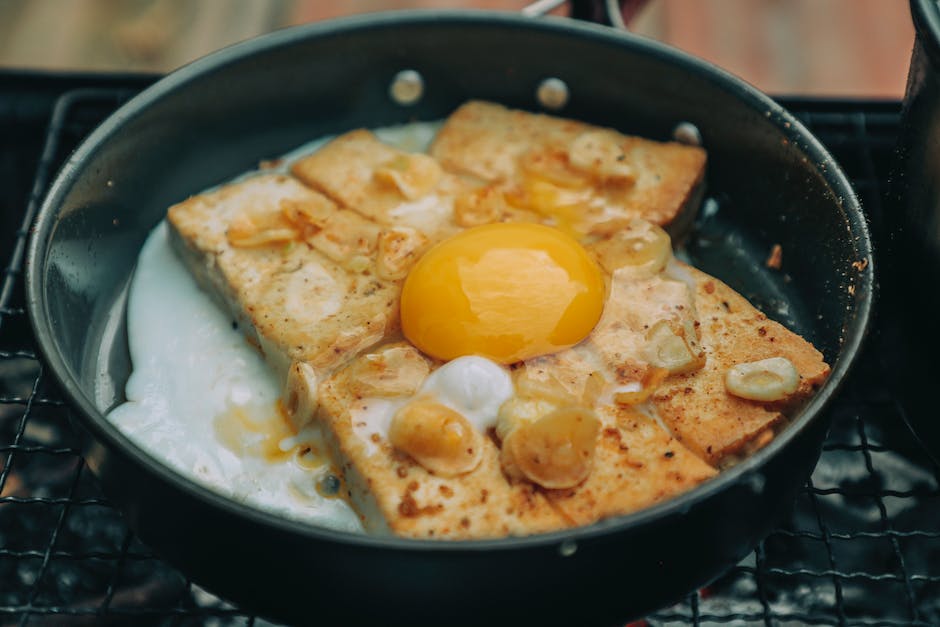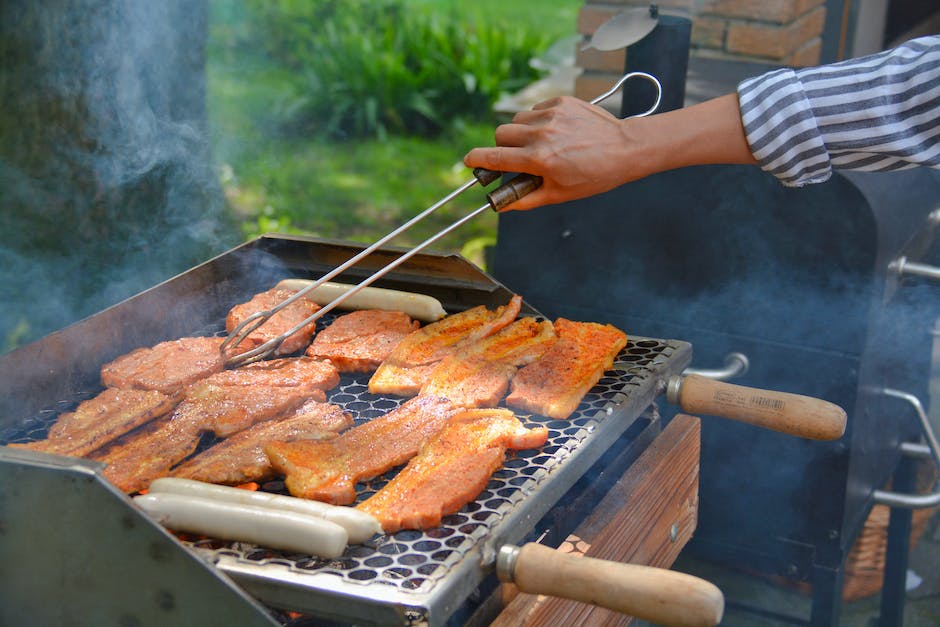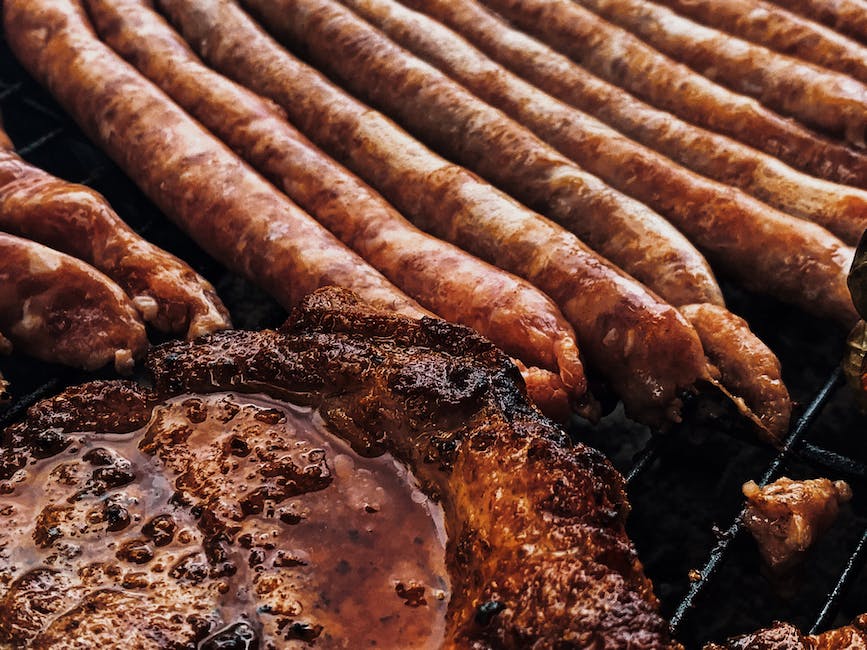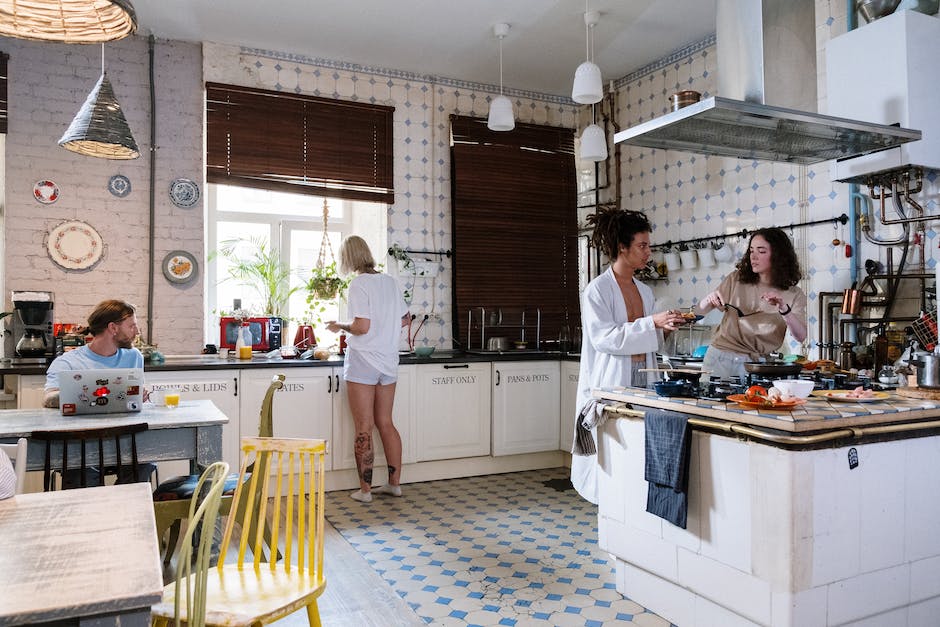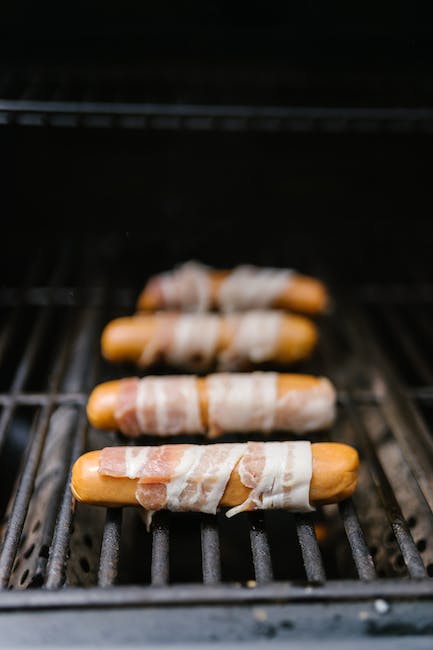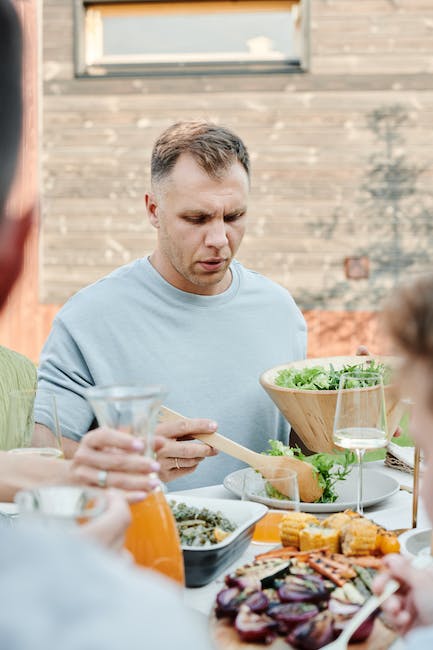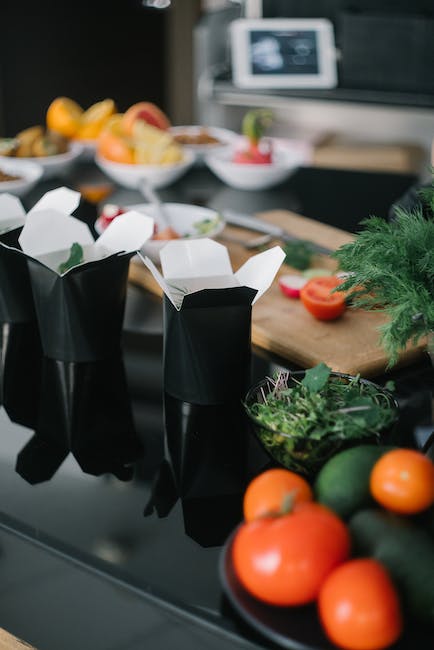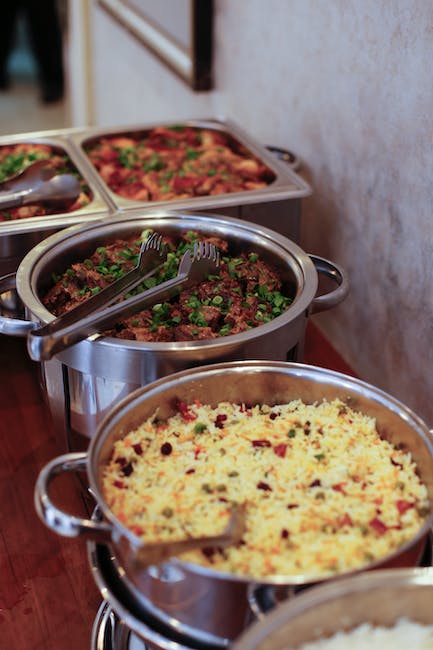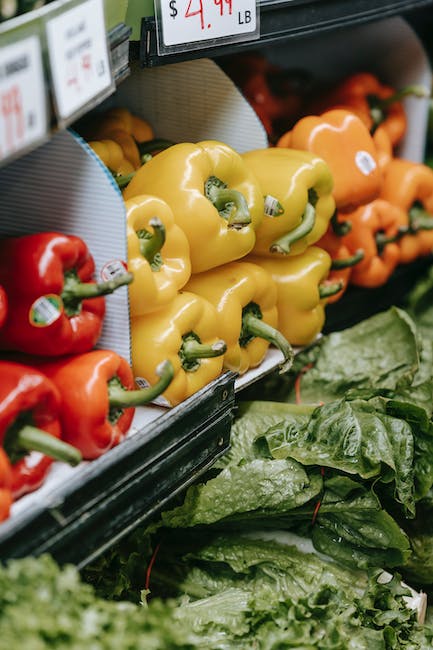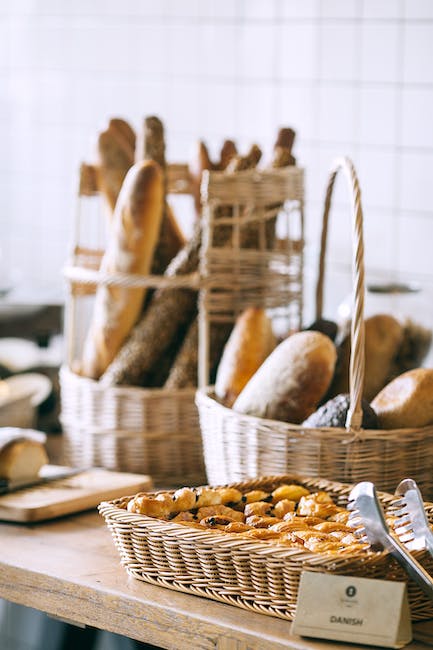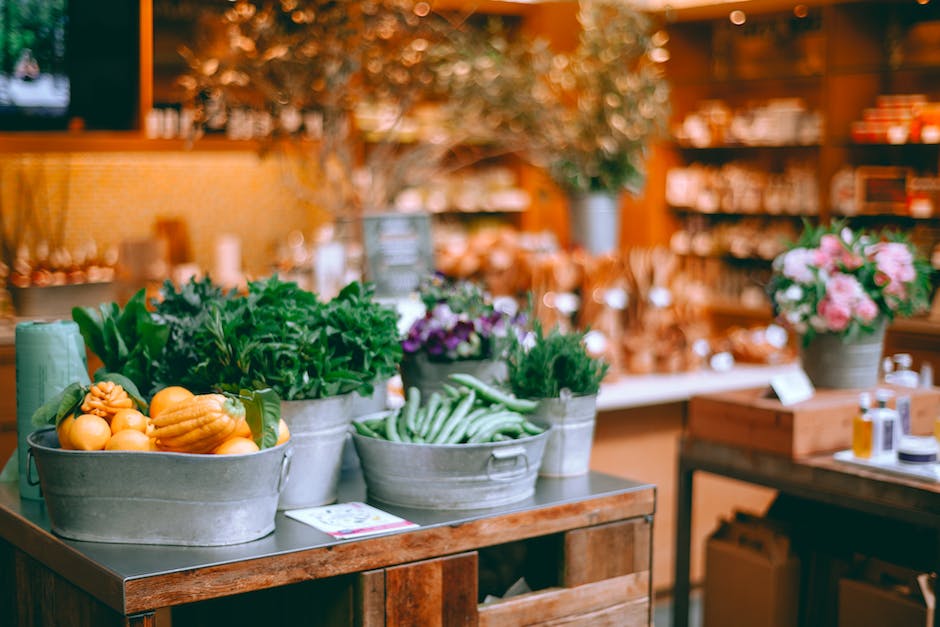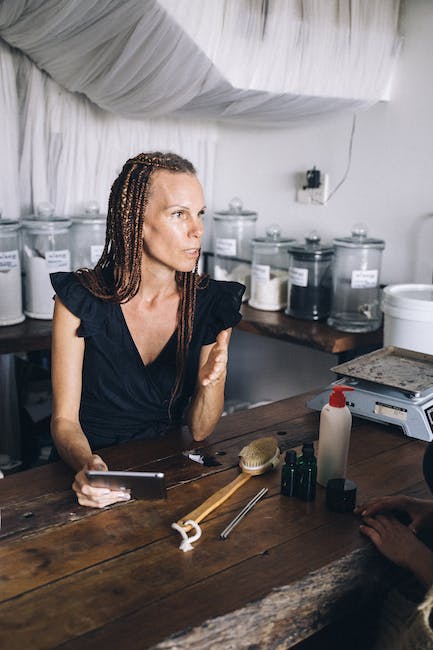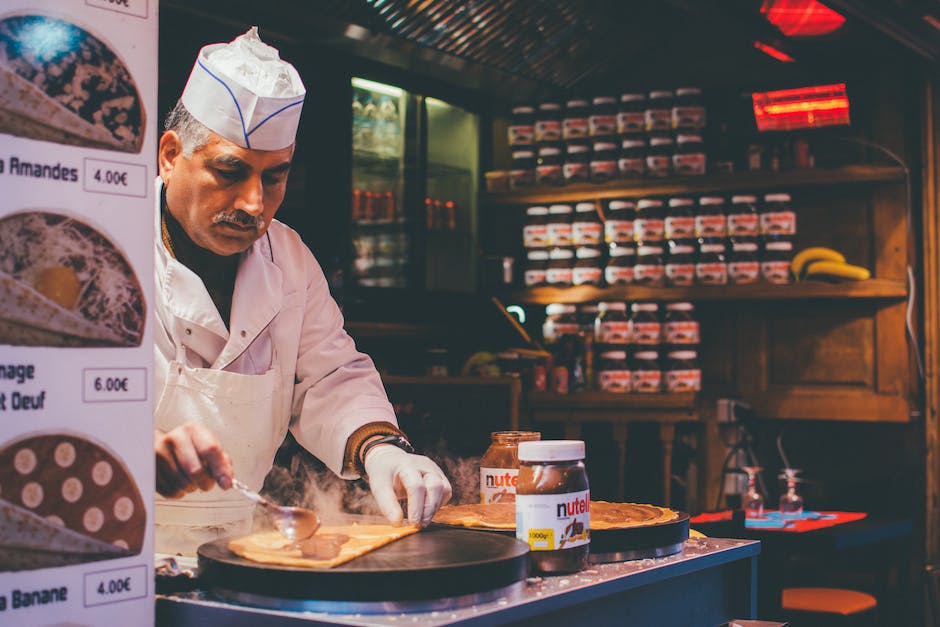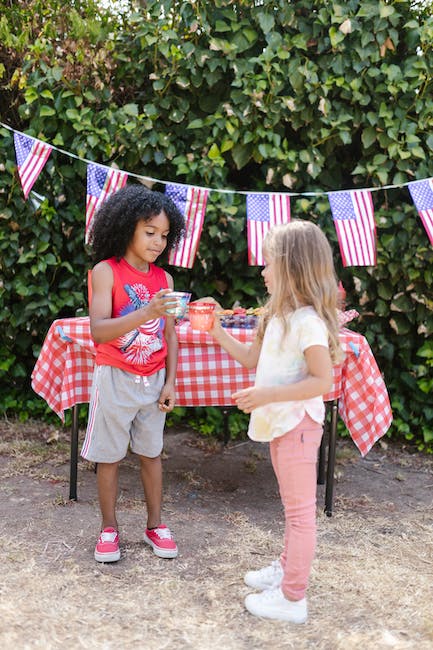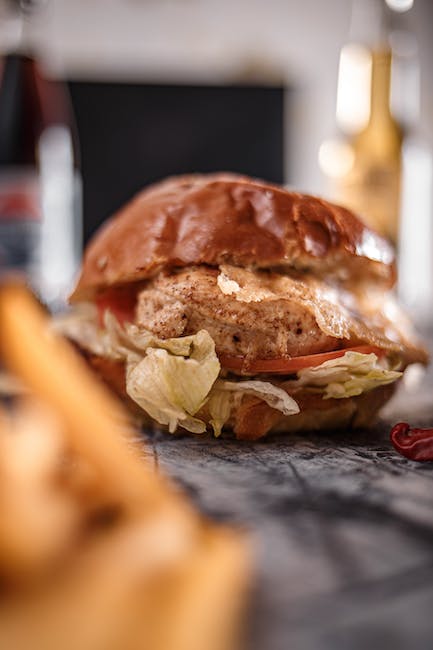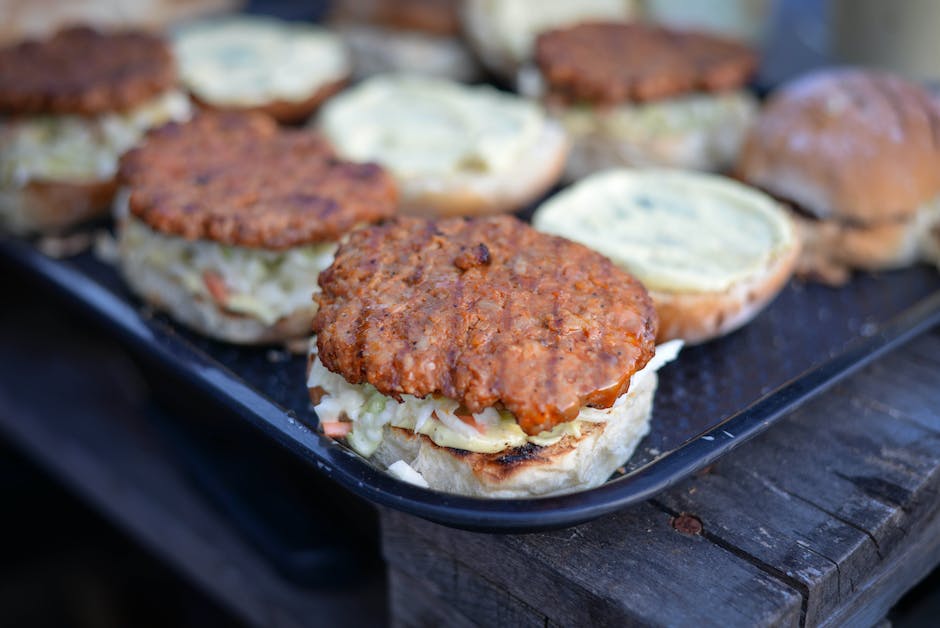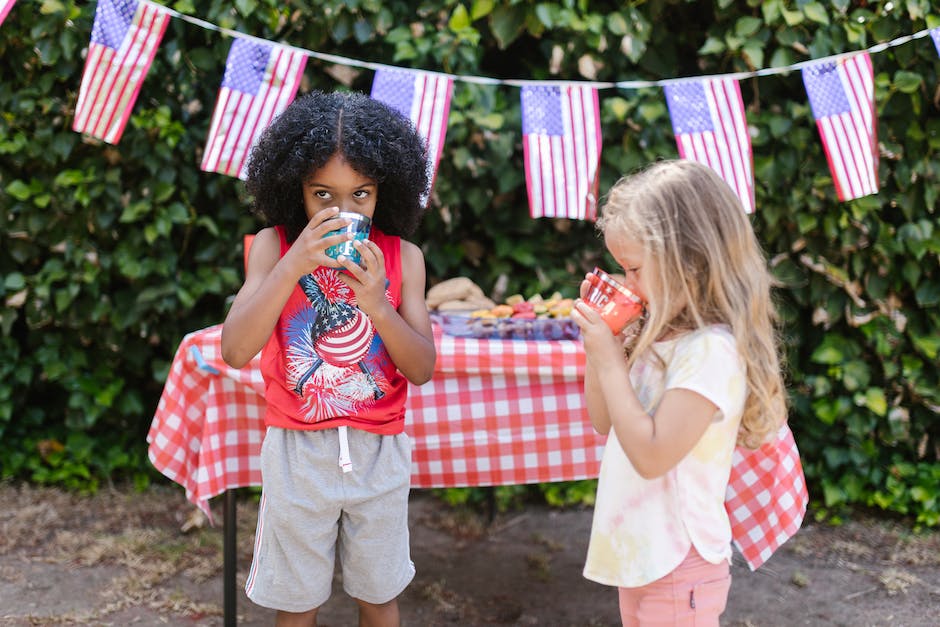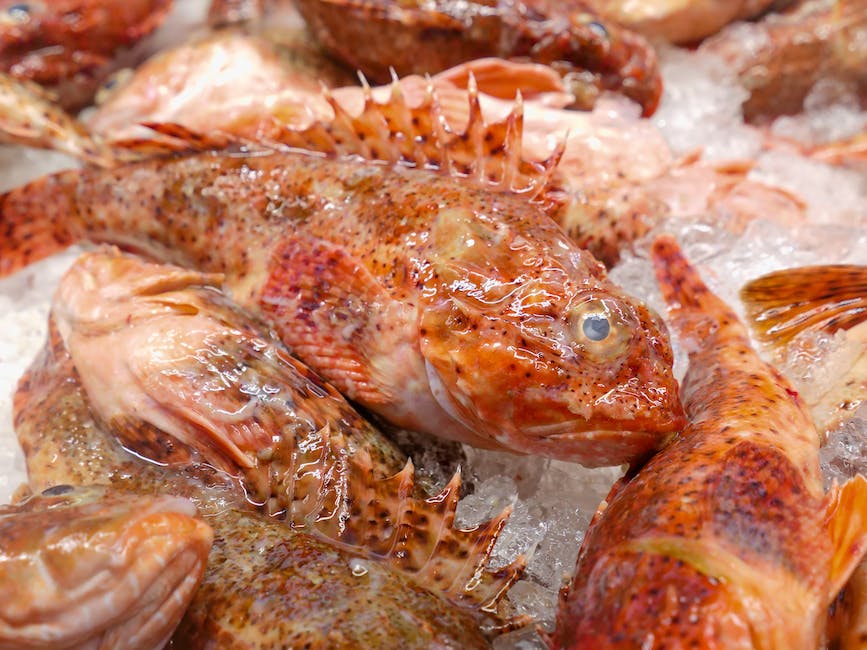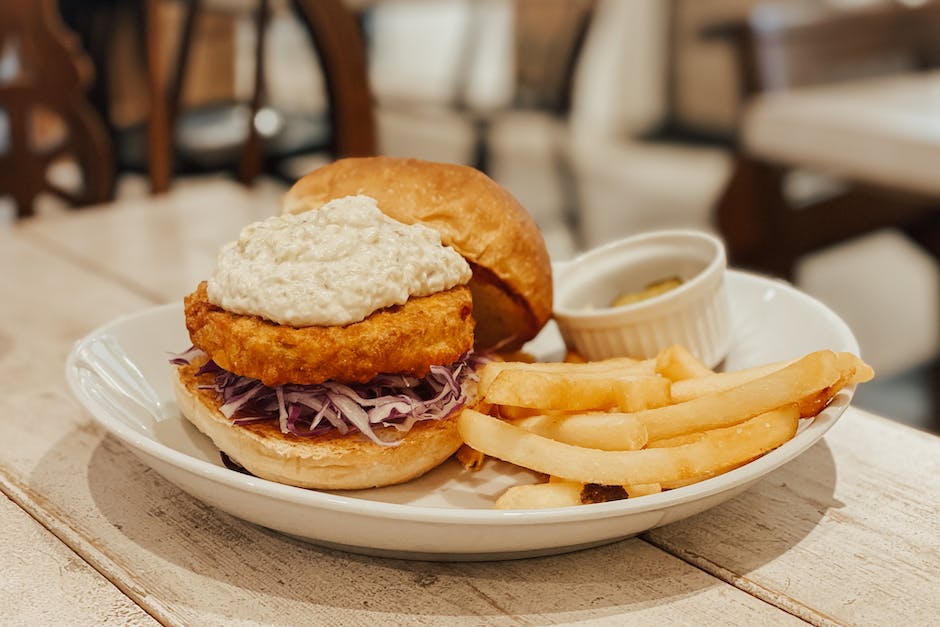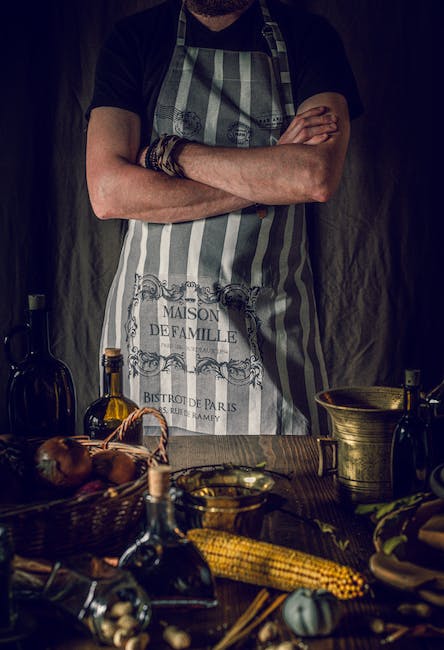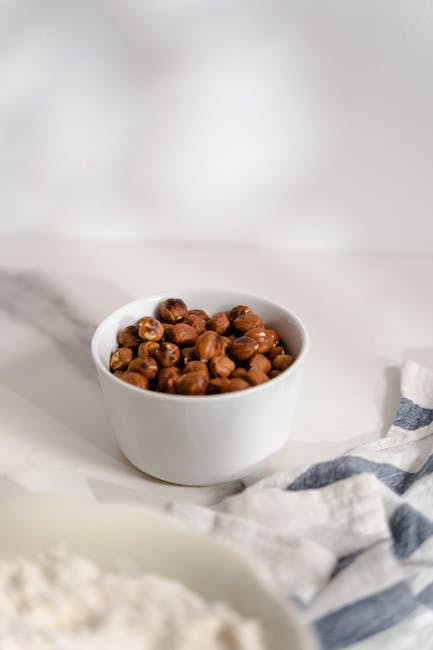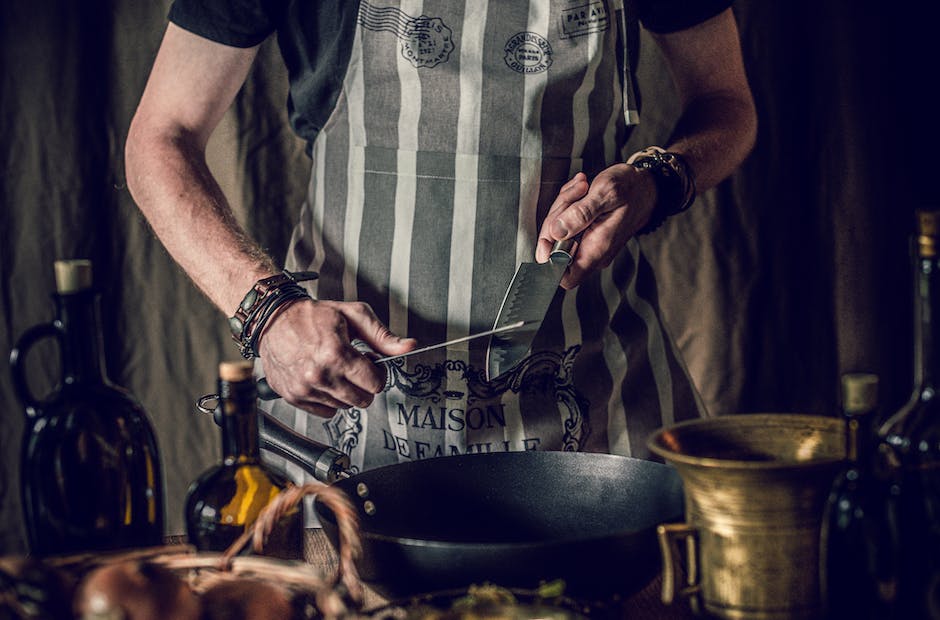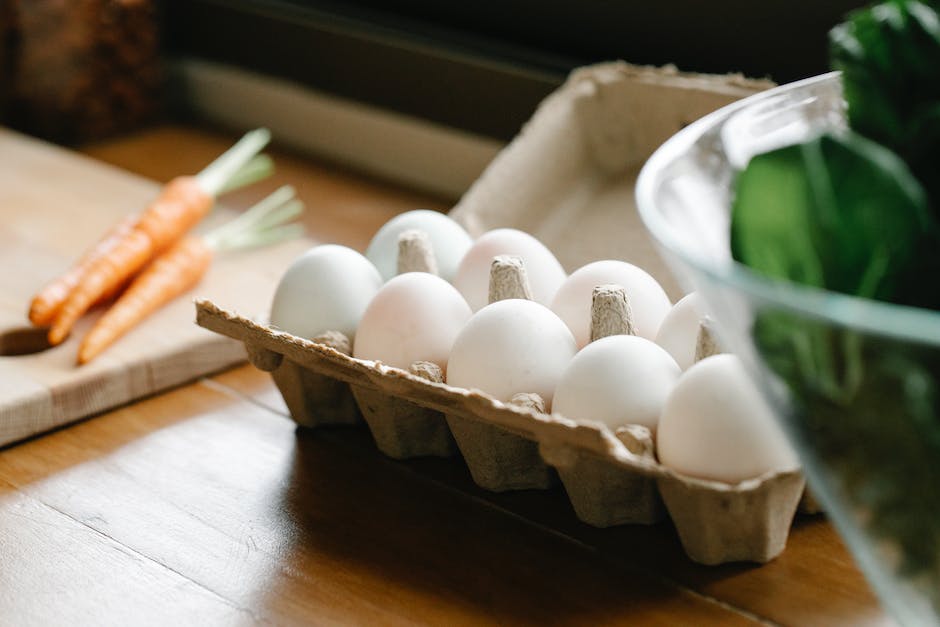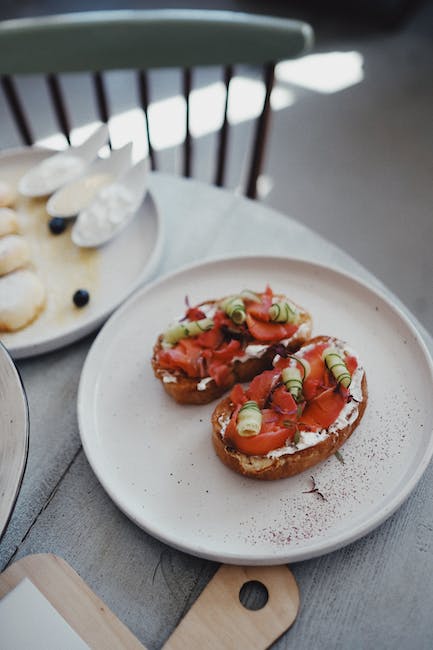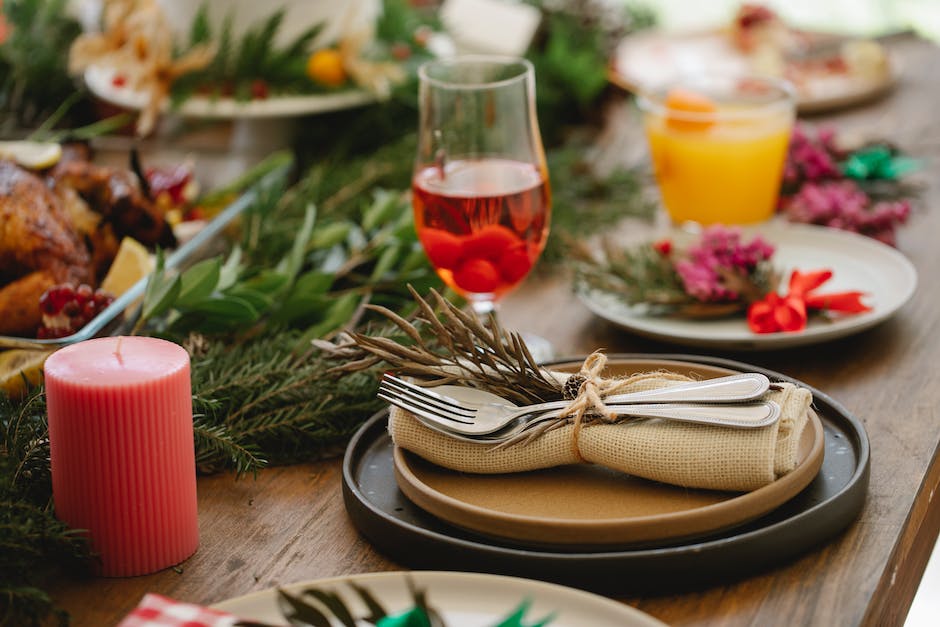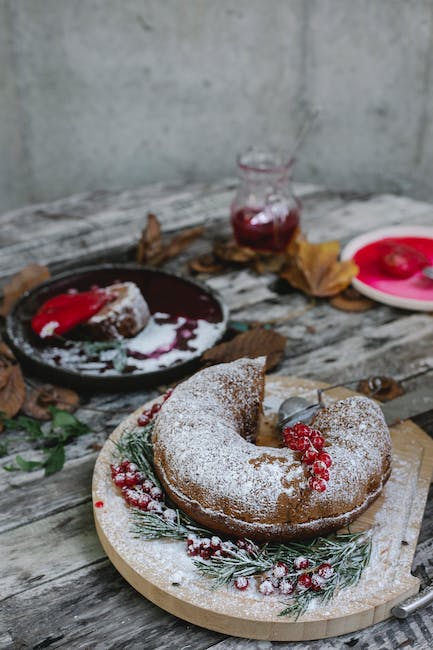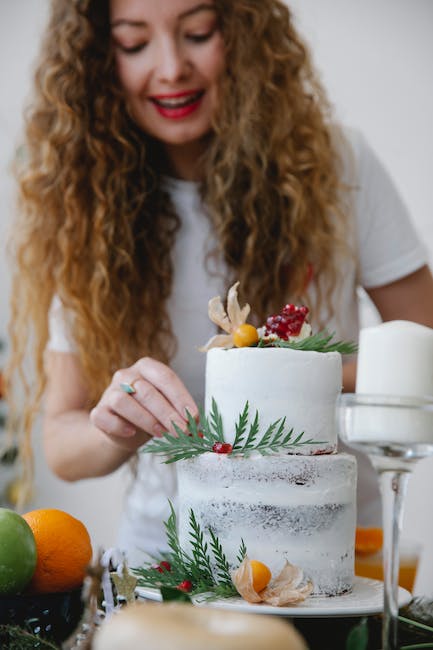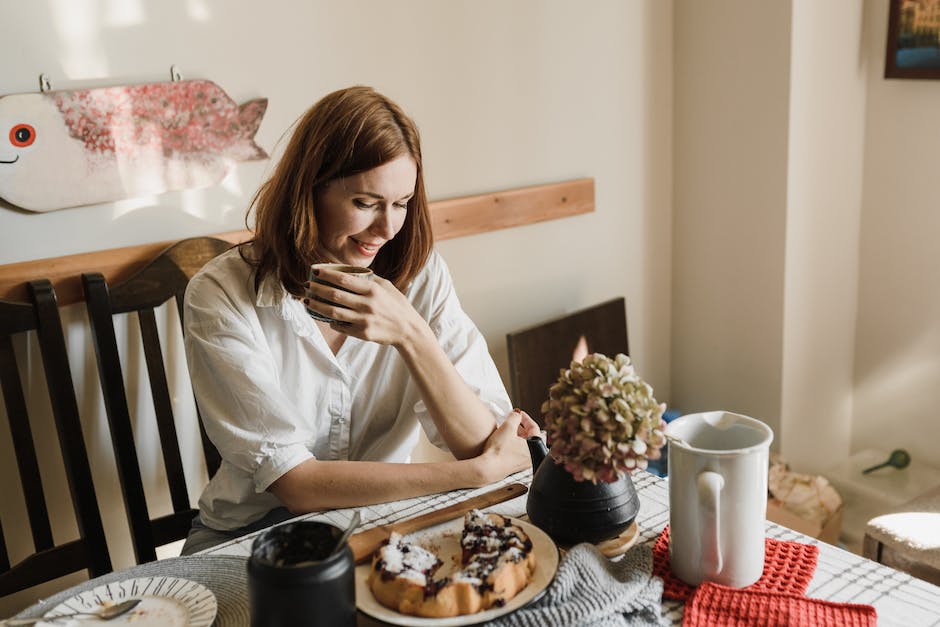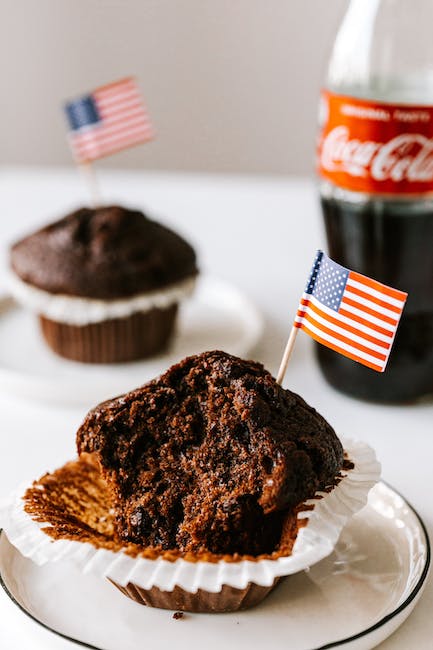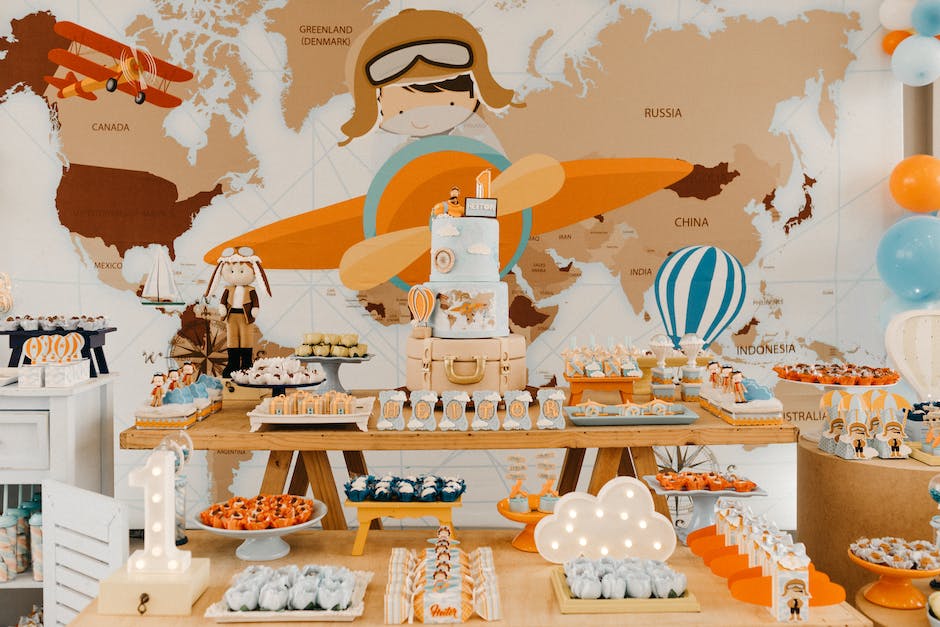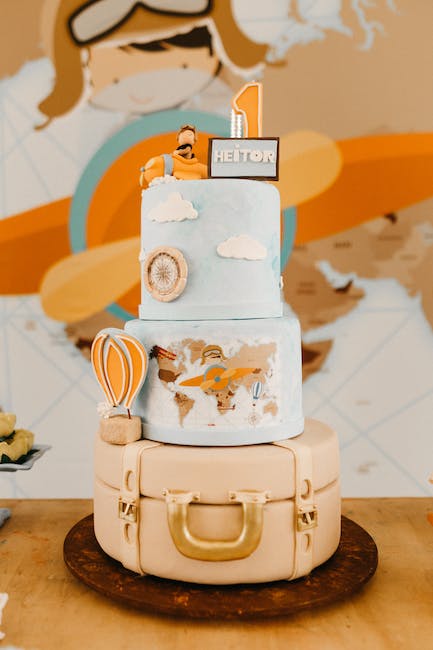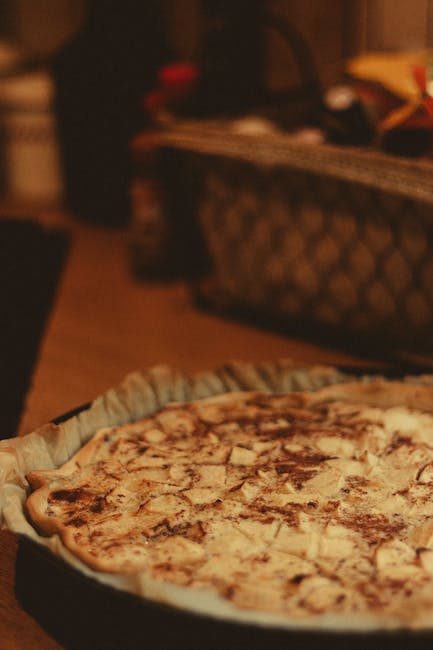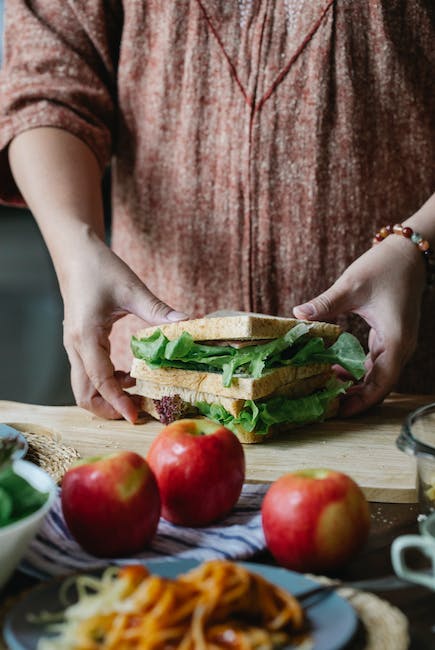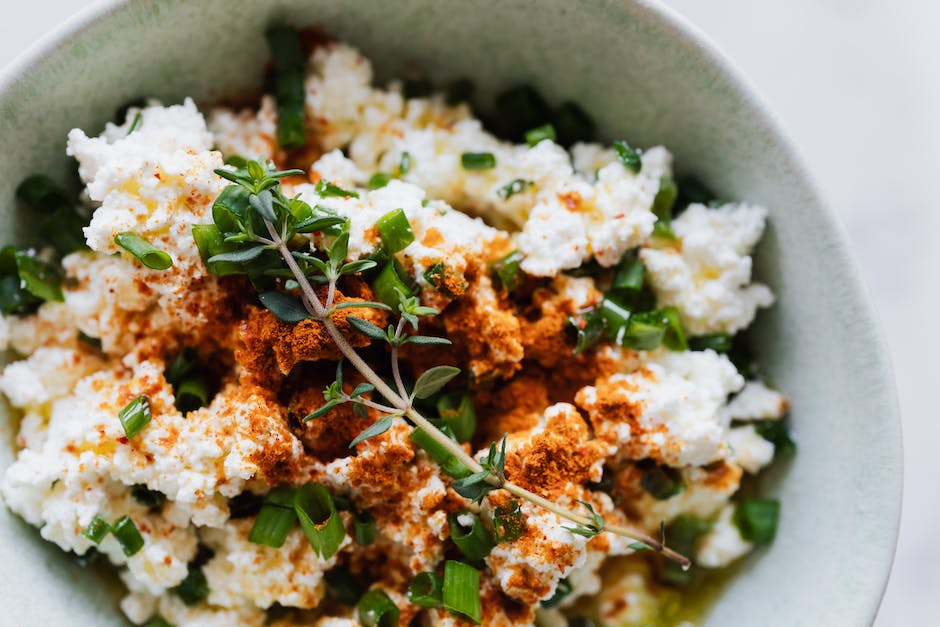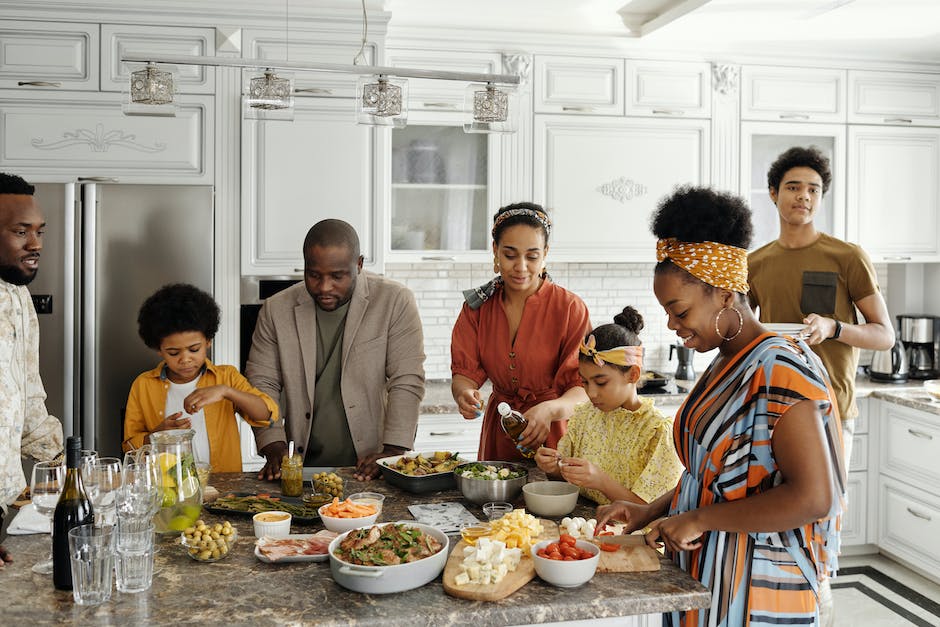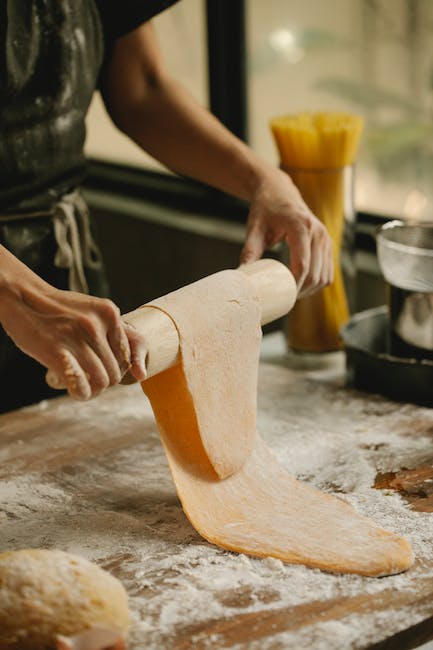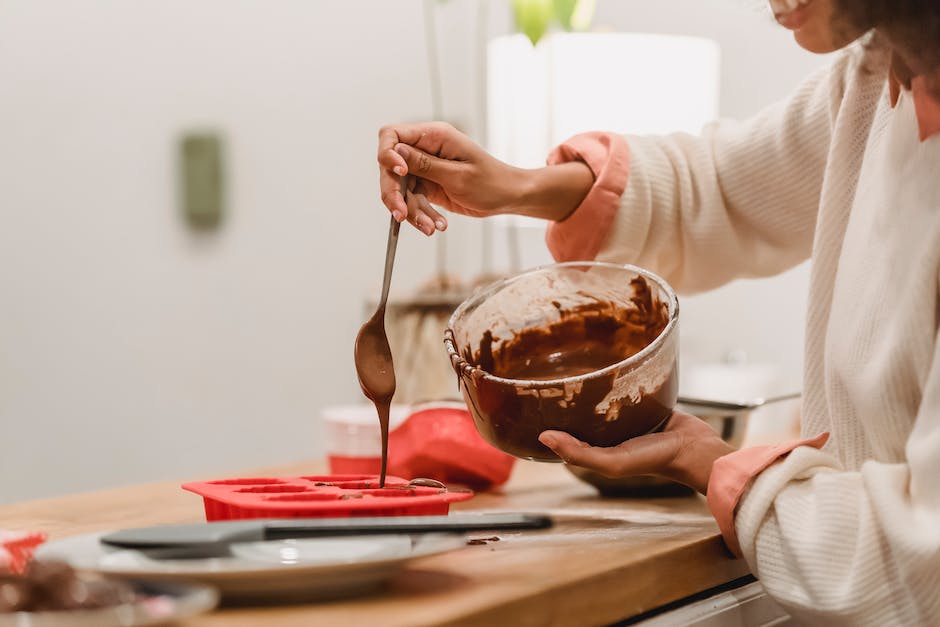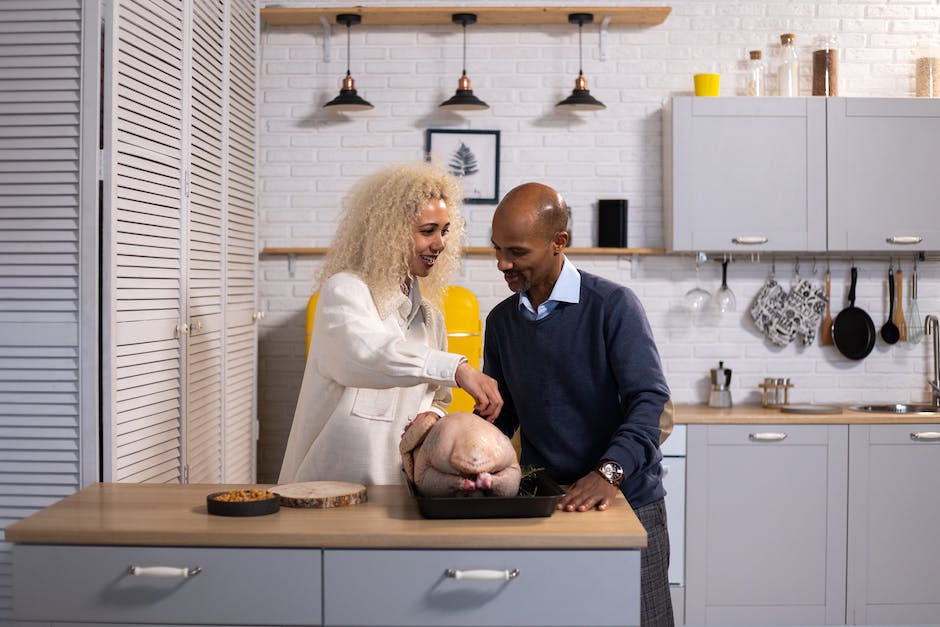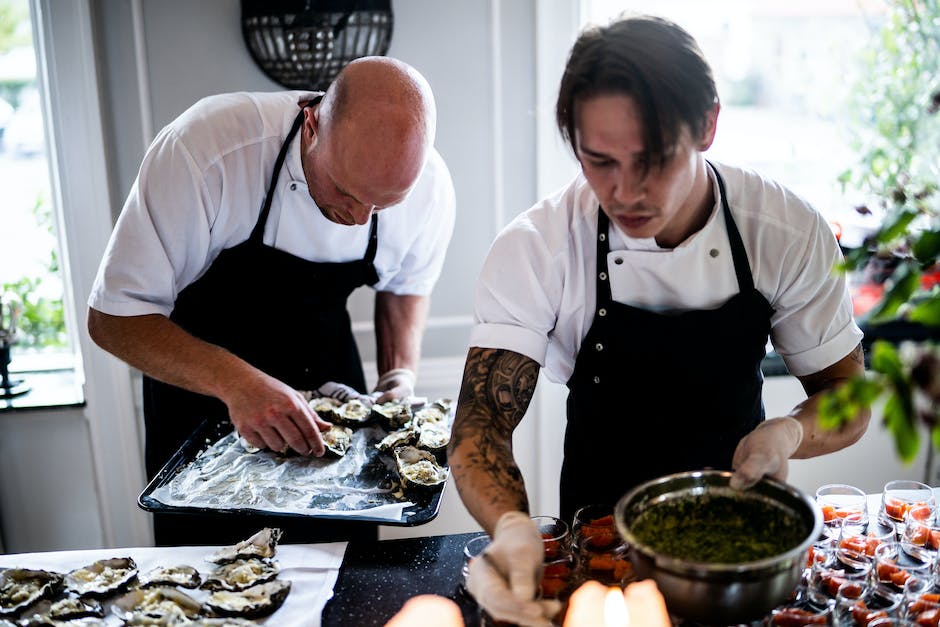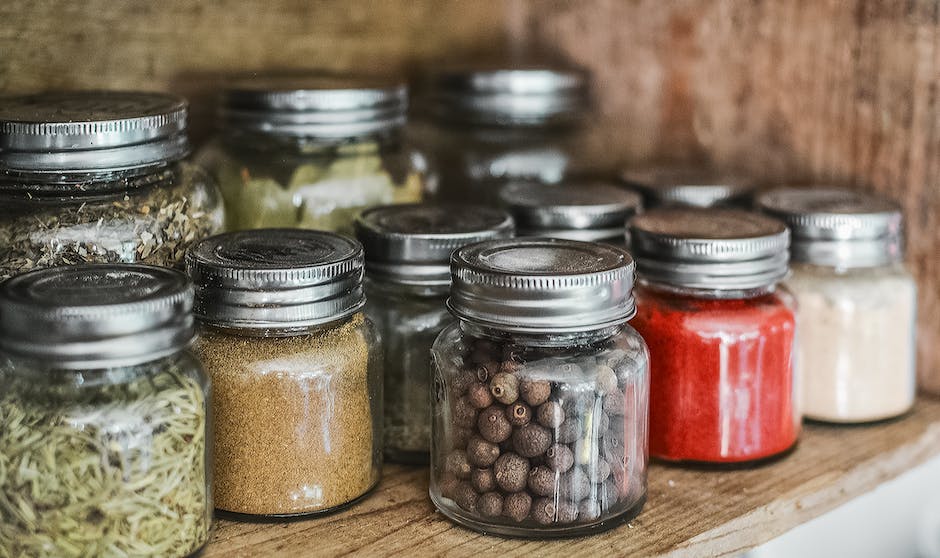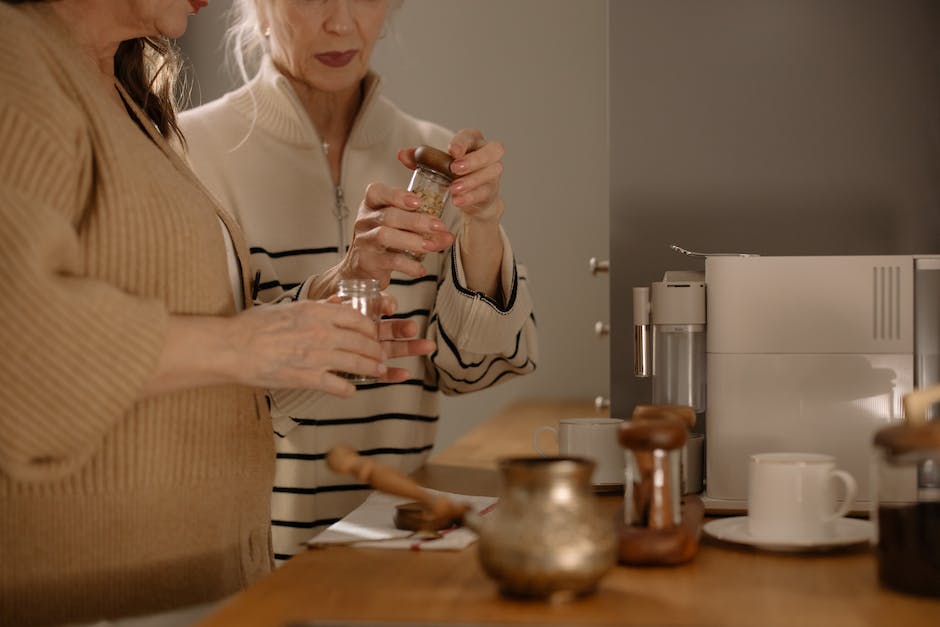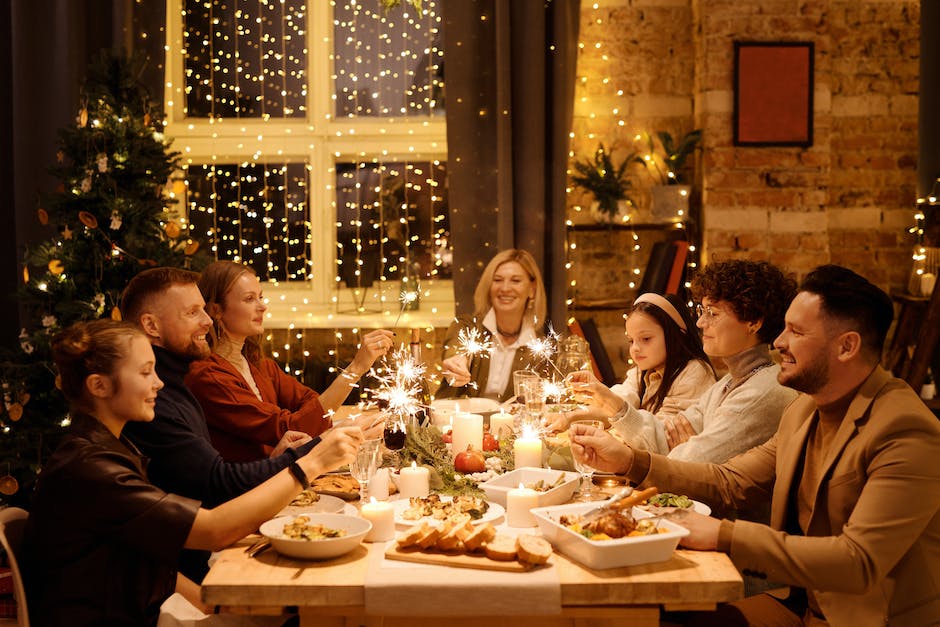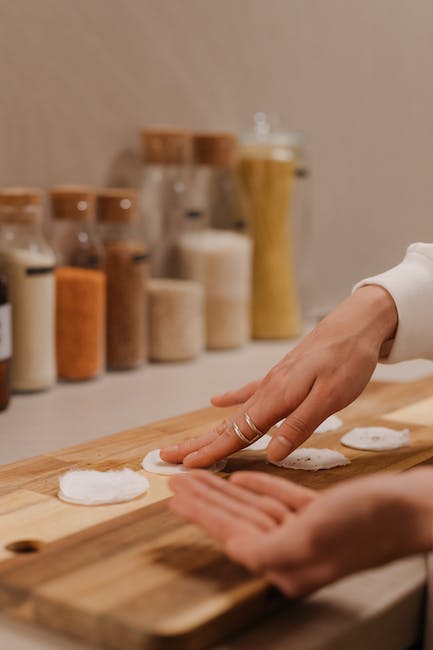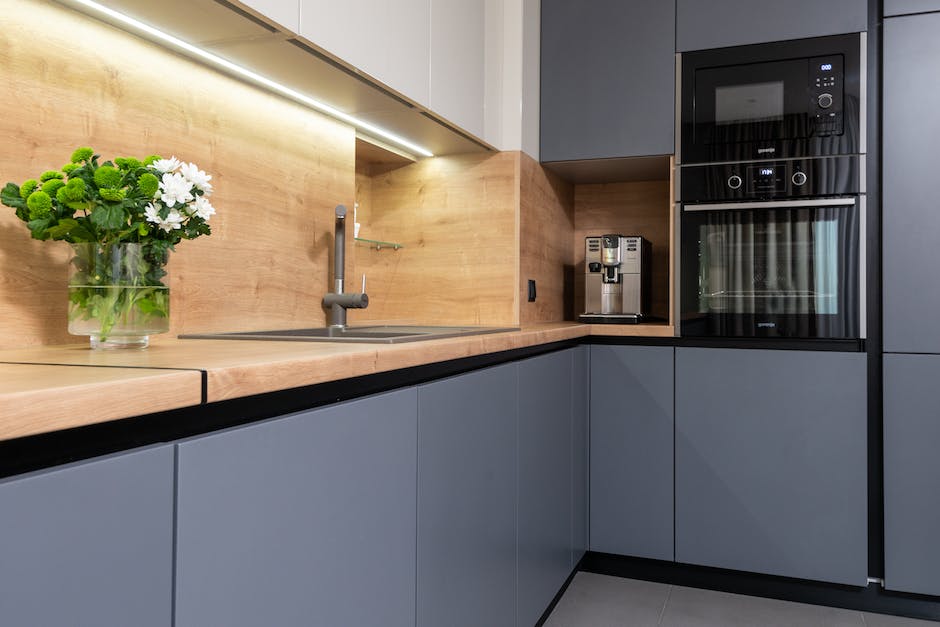Can you freeze tuna salad tuna salad recipe

Storing Tuna Salad: Refrigerate, Freeze, or Room Temperature?
Firstly, one of the primary debates about storing tuna salad revolves around the method of preservation. While some may leave their tuna salad out at room temperature, it’s highly advised against due to potential bacteria contamination. Generally, tuna salad should not be left at room temperature for more than two hours. It’s best to either refrigerate or freeze tuna salad as soon as it cools down.
However, it’s essential to remember that both methods have different effects on the tuna salad. Refrigeration is the quickest and easiest method to keep the salad fresh for a short period. On the other hand, freezing can extend the shelf life of the salad but may alter its texture upon defrosting.
Celery Onion: A Match Made in Heaven for Tuna Salad Recipe
When thinking about a tuna salad recipe, two classic ingredients that come to mind are celery and onion. These add a nice crunch and substantial flavor to the tuna fish, making it your favorite tuna salad. However, if you plan on freezing the salad, be aware that vegetables like celery and onions can become soggy upon thawing.
It is surprising to discover that tuna salad can be frozen, but you might prefer enjoying your salad immediately after preparation for the best taste and texture. The fresh crunch of celery and the subtle hit of onion are definitely best enjoyed fresh.
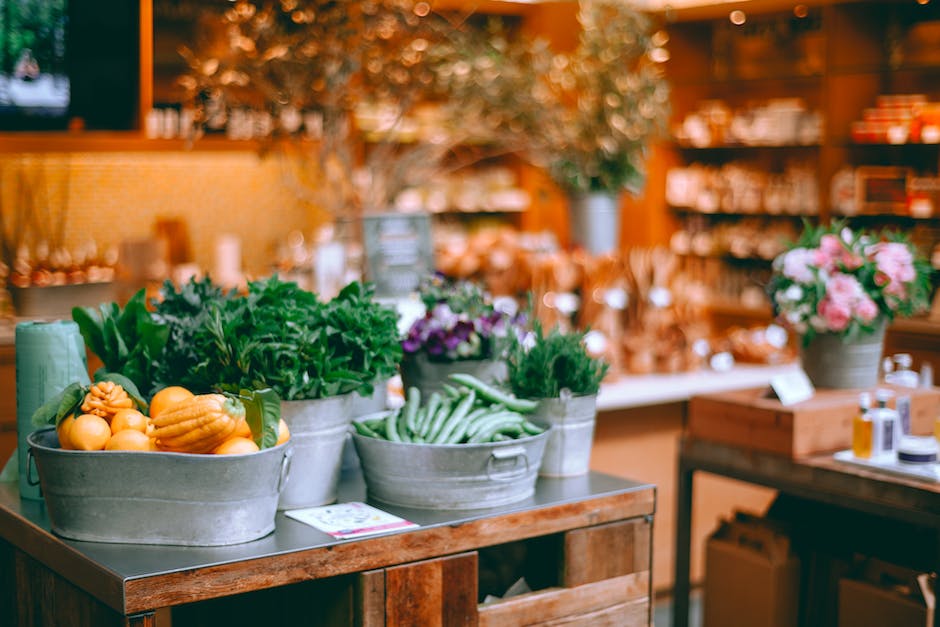
Prevent Freezer Burn: The Power of Plastic Wrap and Freezer Bag
Freezer burn is often the culprit destroying frozen foods. This can also occur when you freeze the tuna, ruining your tuna salad recipe. First, let’s understand freezer burn; it’s the result of air coming into contact with the surface of the food, leading to dehydration and oxidization.
Fortunately, there’s a solution: plastic wrap and freezer bags. Before stowing your tuna salad in the freezer, make sure to pack it tightly in a freezer safe container, then wrap in plastic wrap, and finally, place in a freezer bag. This double protection ensures the salad stays fresh while extending its shelf life.

The Frozen Tuna Salad Sandwich: Freezer Friendly or Not?
If you’re a fan of the tuna salad sandwich, you might be wondering if it’s freezer friendly. The answer is both yes and no. While you can freeze the tuna salad itself, freezing a whole assembled sandwich might not yield satisfactory results upon defrosting.
The texture of the bread and the effect of freezing on the vegetables inside could make the sandwich soggy and unappealing. It’s best to freeze the tuna salad separately and assemble your sandwich after thawing the frozen tuna salad.

Thawing Frozen Tuna Salad: Dos and Don’ts
When it comes to thawing frozen tuna salad, you need to tread carefully. Improperly thawed tuna salad can potentially spoil, or at the very least, lose its desirable quality. To thaw your salad safely, you should transfer it from the freezer to the refrigerator for thawing.
Thawing at room temperature may encourage bacterial growth, so it’s not recommended to thaw in this way. Heat is a bad idea too. Using a microwave or hot water can create inconsistencies in the texture and temperature of the salad, so it’s best to plan ahead for refrigerated, slow thawing.

Mayonnaise Separates: A Common Issue when You Freeze Tuna Salad
You might notice after thawing that the mayonnaise separates in your frozen tuna salad. This is a common occurrence when freezing anything that contains mayonnaise. The consistency of mayonnaise can change during freezing, resulting in a grainy texture.
This does not mean your tuna salad has spoiled though. Simply giving the salad a good stir can help reincorporate the condensed elements back into the whole dish. However, if texture is a big concern for you, then you might want to consider excluding the mayonnaise before freezing and adding it in when you’re ready to consume the salad.

FAQS About Freezing Tuna Salad
Can You Extend the Shelf Life of Tuna Salad by Freezing?
Yes, freezing tuna salad can extend its shelf life beyond the typical 3-5 days in the refrigerator.
Can I Defrost Tuna Salad at Room Temperature?
No, defrosting at room temperature can encourage bacteria growth. It’s safer to defrost it in the refrigerator.
Is it Possible to Avoid Freezer Burn When Freezing Tuna Salad?
Yes, to avoid freezer burn, you should tightly wrap your salad in plastic wrap and store it in a freezer bag.
Can You Refreeze Thawed Tuna Salad?
It’s generally not recommended to refreeze thawed tuna salad due to possible bacteria contamination and texture loss.
Does the Taste of Tuna Salad Change After Freezing?
While freezing doesn’t alter the taste much, the texture can change, especially in salads containing vegetables which may become soggy.
Can I Freeze a Tuna Salad Sandwich?
You can, but the quality of thawed bread and vegetables might not be satisfying. Better to freeze the salad and assemble the sandwich after thawing.
What is the Proper Way to Thaw Frozen Tuna Salad?
The best way to thaw frozen tuna salad is in your refrigerator. This slow defrosting method ensures a safe thaw without encouraging bacterial growth.
Does Freezing Tuna Salad Kill Bacteria?
Freezing doesn’t kill bacteria, it only pauses their activity. When thawed, the bacteria can become active again.
Can I Store Tuna Salad at Room Temperature?
Tuna salad shouldn’t be left at room temperature for more than two hours as it can encourage bacteria growth.
Does Mayonnaise Separate when You Freeze Tuna Salad?
Yes, the mayonnaise can separate when frozen, but can be reincorporated with a good stir after thawing.
